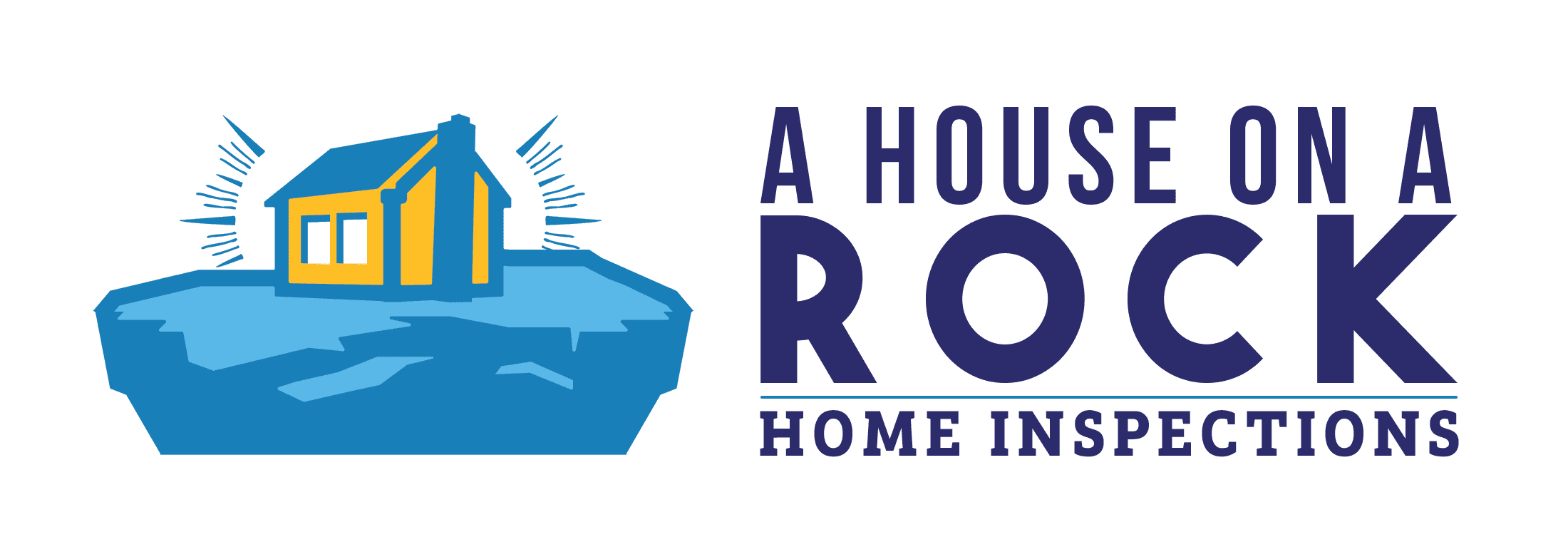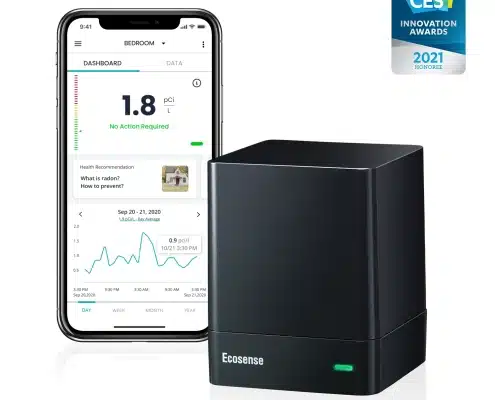Radon Home Test Kit
Radon home test kits allow homeowners to do their own radon testing. Two primary types of radon test devices exist for homeowners. There are short-term activated charcoal test kits and continuous radon monitors.
Activated charcoal test kits are small (about the size of an envelope), passive (meaning they don’t require electricity), and cheap ($20-$30). Activated charcoal is used for a short-term test (2-7 days). Another key point is that you need to mail the test packet back to a lab to get the test results.
Continuous radon monitors are electronic devices that sample the air hourly and deliver instant results about your home’s radon levels. Plus, you can use a continuous radon monitor for short-term or long-term testing.
Short-Term VS. Long-Term Radon Tests
Short term testing is primarily used for radon measurement during real estate transactions. Home buyers usually do not have enough time for a long-term test. A short-term test is usually 2-7 days, which is usually not enough data to decide on radon mitigation. Your indoor radon level will fluctuate every hour. High sustained winds, high humidity, rain storms, and other environmental factors impact the amount of Radon in the home.
For example, winter months generally cause higher concentrations of Radon. So, a short-term test in the summer might not reveal an existing radon problem.
On the other hand, long-term tests are over 90 days and give you a better idea of your year-long average level. In addition, using a continuous radon monitor for a long-term test will allow you to quickly screen for high radon levels. Additionally, you’ll see your home’s levels throughout different seasons.
The Best Activated Charcoal Radon Test Kits
Whichever test kit decide on should include laboratory analysis by an NRSB (National Radon Safety Board) or NRPP (National Radon Proficiency Program) certified lab. Unfortunately, most kits we have seen available at local home improvement stores, such as the Pro-Lab kit, do not use certified labs.
The best short-term radon test kits we have found are from Health Metric. This short-term radon test kit includes all laboratory and shipping fees. More importantly, it includes laboratory analysis by an NRPP-certified lab (Alpha Energy Laboratories). Additionally, they also have the most comprehensive instructions of all the kits we reviewed.
The Best Continuous Monitor Radon Test Kit
The best continuous radon monitor for homeowners to perform long and short-term tests is the Ecosense EcoQube. This radon monitor takes 30 samples per hour and will give you an initial reading within a few minutes.
It’s approximately 2.5×2.5×3 inches, making it compact enough for any convenient placement.
Plus, it connects to your home’s wifi and your smartphone for instant, readily available results.
Where to Place Your Radon Test
Place your radon test in the lowest level of your home that is suitable for occupancy. For example, you should test a basement with a living room, bedrooms, a family area, or a home gym. However, you should not test an unfinished basement with short ceilings, no living space, and is not occupiable without renovations.
You should not place the test kit in a crawlspace. Although a crawlspace is the lowest level, it is not the lowest livable area of your home.
Do not place the test kit in laundry rooms, kitchens, bathrooms, or hallways.
Place the test at least three feet away from exterior doors and windows, at least one foot away from any exterior wall, and at least 20″ above the floor.
Additionally, do not place the test near any HVAC registers or fans.
Finally, you must maintain closed-house conditions. This means keeping all windows and doors closed except for normal entry and exit.
What if Radon Levels are High?
Radon exposure is a health risk as it is the second leading cause of lung cancer deaths. If your home has high levels of Radon, you will need a radon mitigation system.
In addition, if your home uses well water, you will want to test the drinking water for Radon. Although ingesting Radon is currently not considered a health hazard, as water exits the tap, Radon escapes into the air.
The primary strategy for radon mitigation is to collect the Radon from the surrounding soil and discharge it above the roof before it gets into the home. This gets accomplished by using a fan to create negative pressure in the surrounding soil. The fan pulls air from the ground before it gets into your home and discharges it above the roof.
A home with a basement or a slab would use a sub-slab depressurization system, and homes with crawl spaces use sub-membrane depressurization systems.
Radon mitigators should be certified by the National Radon Proficiency Program.
What if Radon Levels are Low?
If you performed a long-term test, and your results were below 4 pCi/l, you should test again in 5 years or after any major renovations. Similarly, some radon professionals recommend retesting after an earthquake.
If you performed a short-term test and the results were below 4 pCi/l, you should perform another short-term test during the winter or a long-term test.
Free Radon Test Kit
There are some states that offer free or discounted radon home test kits. However, they are usually in limited supply, or only offered during certain times of years. Visit your State Radon Page to see if any free radon test kits are available.
If you want to learn more about Radon Gas, check out these other blog posts.
More Information
If you want to learn more about Radon Gas, check out Safe Levels of Radon.
As an Amazon Associate I earn from qualifying purchases. So I provide you with you relevant knowledge and products to make extra money 🙂





